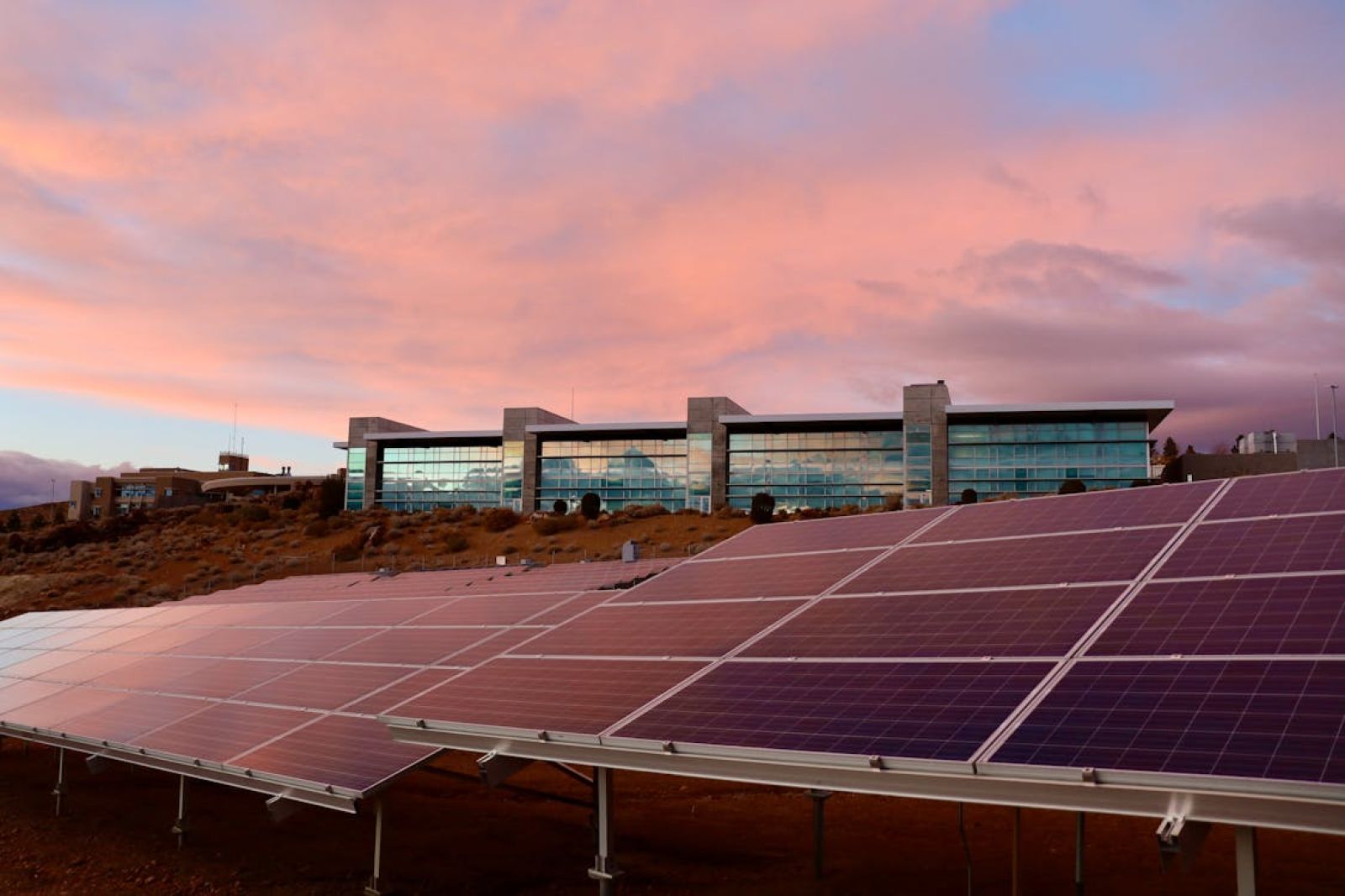Solar power now surpasses coal in Europe⚡
Published by Cédric,
Article author: Cédric DEPOND
Source: Ember Energy
Other Languages: FR, DE, ES, PT
Article author: Cédric DEPOND
Source: Ember Energy
Other Languages: FR, DE, ES, PT
Follow us on Google News (click on ☆)
This development is part of a broader trend where renewables now account for nearly half of Europe's electricity production. Fossil fuels, on the other hand, have seen their share significantly decrease, marking a turning point in the EU's energy policy.

Illustration image from Pexels
Solar power, a booming energy source
Solar energy provided 11% of Europe's electricity in 2024, surpassing coal, which now accounts for only 10%. This progress is the result of a 22% increase in solar production compared to 2023, thanks to the installation of an additional 66 gigawatts of capacity.
All member states contributed to this growth, with countries like Spain and the Netherlands leading the way. These advances show that solar power is becoming an essential energy source, capable of competing with traditional energy sources.
The decline of fossil fuels
The share of fossil fuels in Europe's electricity mix has dropped to 29%, down from 39% in 2019. Gas, although still present, has seen its use decline for the fifth consecutive year.
This trend confirms that fossil fuels are gradually losing their place in Europe's energy landscape. Emissions from the electricity sector have thus been halved since their peak in 2007.
Significant economic benefits
The shift to renewables has allowed the EU to save €59 billion by reducing fossil fuel imports since 2019. These savings highlight the positive impact of this transition on Europe's trade balance.
Moreover, the falling costs of solar and wind power production are making these energy sources increasingly competitive, enhancing their appeal to investors and consumers.
The challenges of intermittency
The rise of renewables, however, poses technical challenges, particularly related to their intermittency. Periods of excess production have led to negative prices on electricity markets, accounting for 4% of hours in 2024.
To address this, the deployment of storage solutions, such as batteries, has progressed, with installed capacity reaching 16 gigawatts in 2023 (up from 8 in 2022). These technologies are essential for balancing the grid and maximizing the use of clean energy.
Towards a complete energy transition
Despite these advances, further efforts are needed, particularly in the wind sector, which must double its capacity by 2030. Grid flexibility and the smart electrification of sectors like heating and transport are also priorities.
These developments show that the EU is on the right track to meet its climate goals, but the road to carbon neutrality remains long and requires sustained investment.